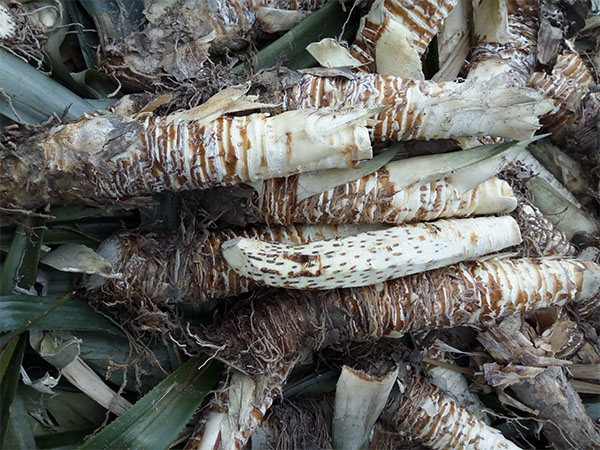| Jun 18, 2023 |
Single-use bioplastic sheets made from agricultural waste
|
|
(Nanowerk News) Plastic waste is a big problem for the environment, especially small plastics like bread clips that are hard to recycle or get rid of in the environment and could negatively affect living organisms. Various solutions have been suggested, including the utilization of biodegradable polymers for single-use applications and the implementation of plastic bans in certain countries.
|
|
Biodegradable polymers encompass a range of options, such as fully biobased polylactic acid (PLA), partially biobased polybutylene succinate (PBS), fully synthetic polybutylene adipate terephthalate (PBAT), as well as natural polymers like starch, polyhydroxyalkanoates (PHAs), and polyhydroxybutyrate (PHB).
|
|
However, it is crucial to recognize that not all biodegradable polymers possess the same characteristics, and it is essential to comprehend the specific properties and limitations associated with each type. For instance, widely employed biodegradable polymers such as PLA, PBAT, and PBS do not readily biodegrade under natural environmental conditions, necessitating specific conditions such as controlled humidity and temperature typically found in industrial composting facilities. Therefore, it remains imperative to ensure the proper disposal and collection of these biodegradable materials in such facilities to guarantee their complete degradation.
|
|
In contrast, starch-based materials, PHAs, and PHBs are fully biodegradable within natural environments, presenting a potentially suitable choice for certain applications where convenient collection and recycling prove challenging or economically unviable, particularly for small and lightweight objects or products. These materials possess the ability to biodegrade entirely without requiring specialized industrial composting facilities, thereby offering a more practical and environmentally friendly solution for specific waste types.
|
 |
| Discarded pineapple stems.
|
|
To tackle this issue using starch-based materials, the team used the starch from pineapple stems, which is a substance found in plants, as the main ingredient. The team added glycerol and calcium carbonate to make the material easy to shape and strong. By changing the amounts of these ingredients, the team made samples with different strengths and properties.
|
|
The resulting material could resist water and didn't soak up as much water as other similar materials. When the team buried it in the soil, it completely broke down into tiny pieces in just two weeks. The team even made a test version of a bread clip using this material, and it worked well in holding a bag closed.
|
|
This study shows that using pineapple stem starch can be a good and eco-friendly choice instead of using plastics made from petroleum or other plant materials. It's a step towards a more sustainable way of making small plastic products and promoting a circular economy.
|
|
A paper based on the study appeared online in the journal Polymers ("Toward a Circular Bioeconomy: Development of Pineapple Stem Starch Composite as a Plastic-Sheet Substitute for Single-Use Applications").
|

